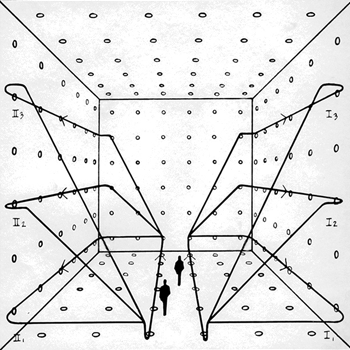The circuit in the figure has been in position a for a long time, then the switch is thrown to position b. With #Vb = 12 V, C = 10 mF, R = 20 W#. a.) What is the current through the resistor before/after the switch? b) capacitor before/after c) at t=3sec?
1 Answer
See below
Explanation:
[NB check units of resistor in question, assume it should be in
With the switch in position a, as soon as the circuit is complete, we expect current to flow until such time as the capacitor is charged to the source's
During the charging process, we have from Kirchoff's loop rule:
Or:
We can differentiate that wrt time:
This separates and solves, with IV
So, if the circuit has been closed at a for a long time, then
After the switch to b , we are looking at an RC circuit, with the capacitor discharging to the point the drop across its plates is zero.
During the discharging process, we have from Kirchoff's loop rule:
Note that, in the discharge process:
Again we can differentiate that wrt time:
This separates and solves as:
In this instance, because the capacitor is fully charged and so has voltage
That is the current immediately the switch is closed at b.
And so:
Finally at

